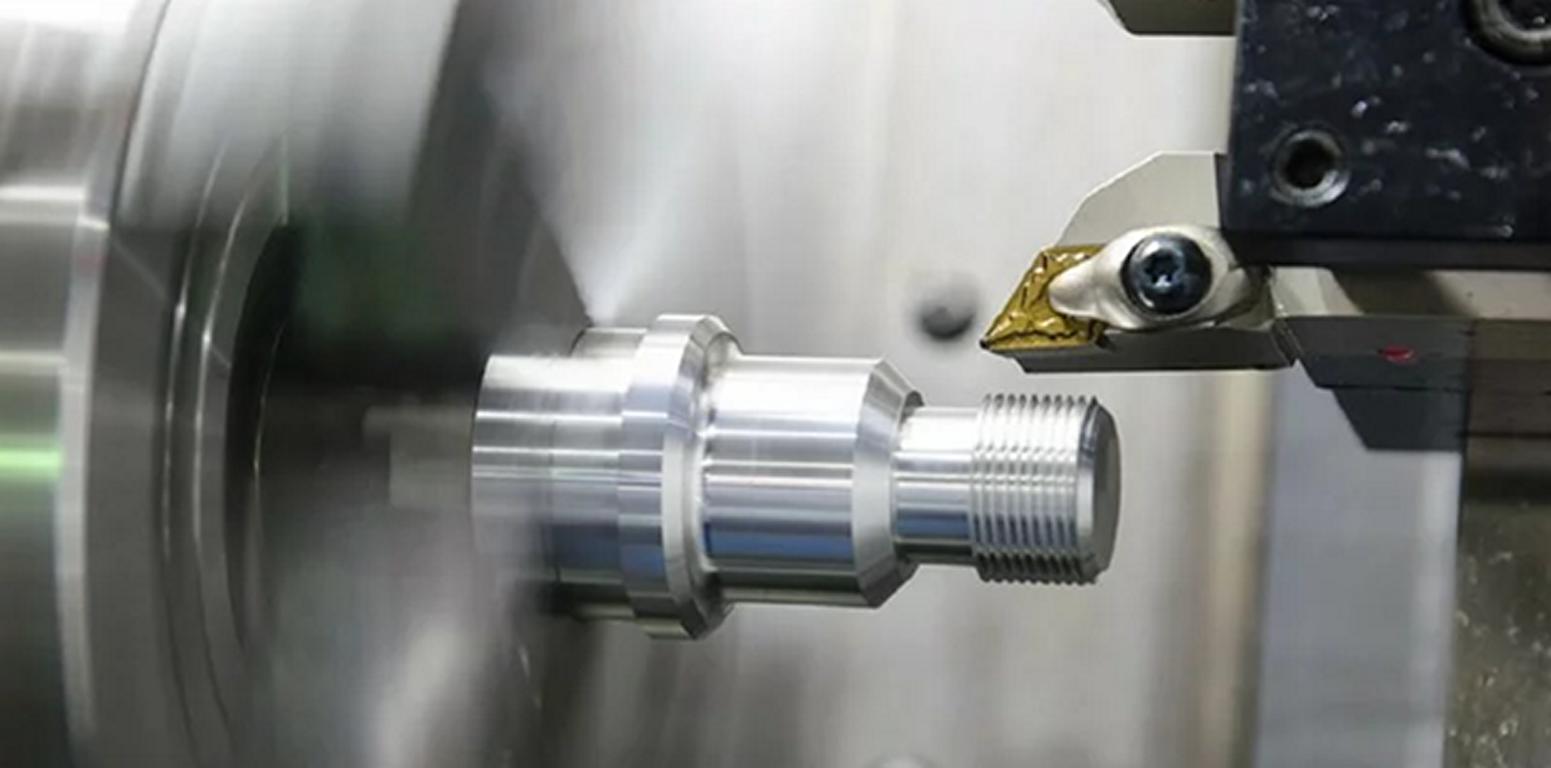
Applications of Centrifugal Casting
Centrifugal casting is used in many industries especially that require cylinder shaped parts. Pipe manufacturing for water, oil, and gas distribution depends heavily on this

Centrifugal casting is used in many industries especially that require cylinder shaped parts. Pipe manufacturing for water, oil, and gas distribution depends heavily on this
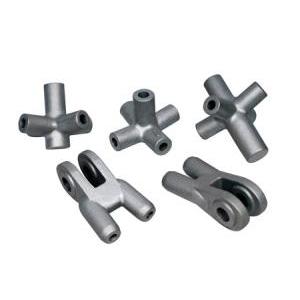
Welding is a complex fabrication process that relies on the ability of materials to be joined through coalescence. While many metals are weldable, certain inherent
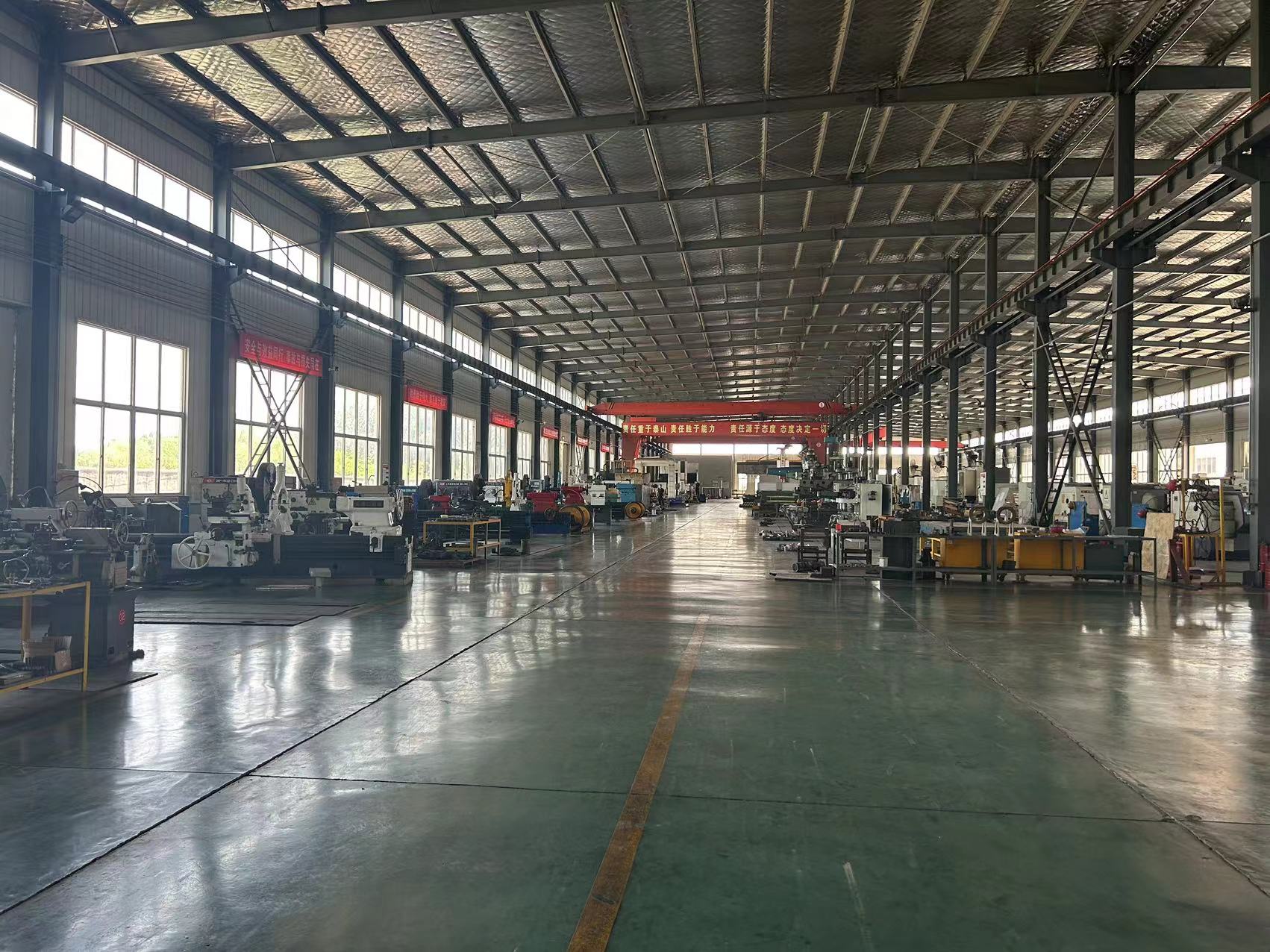
True Centrifugal Casting Symmetric hollow parts are the result of true centrifugal casting. Additionally, it revolves around a central axis. The mould spins rapidly. It
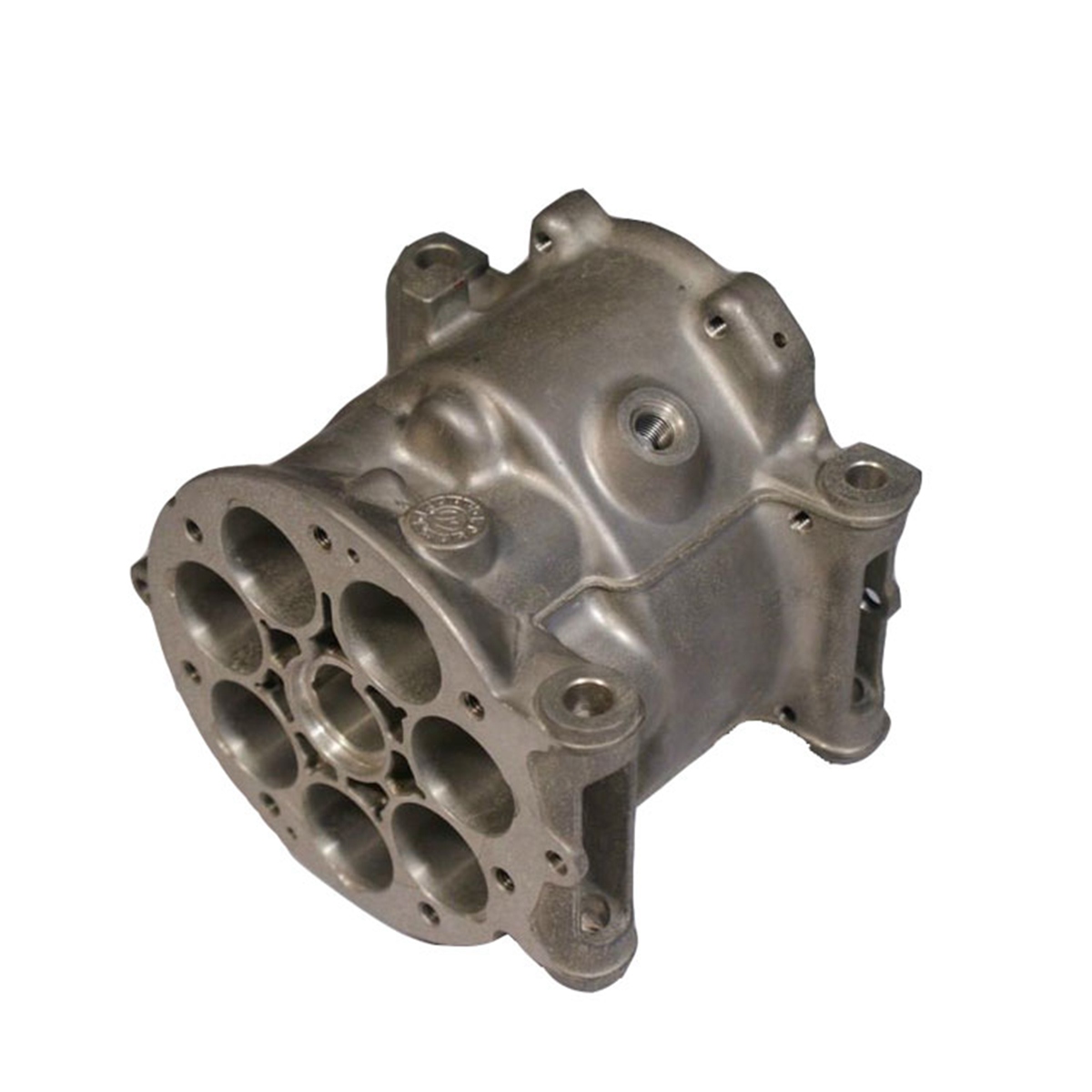
Mold Preparation Molds are cleaned and examined, and any contaminants from previous casts are removed from the mold. Refractory coatings applied to the mold surface
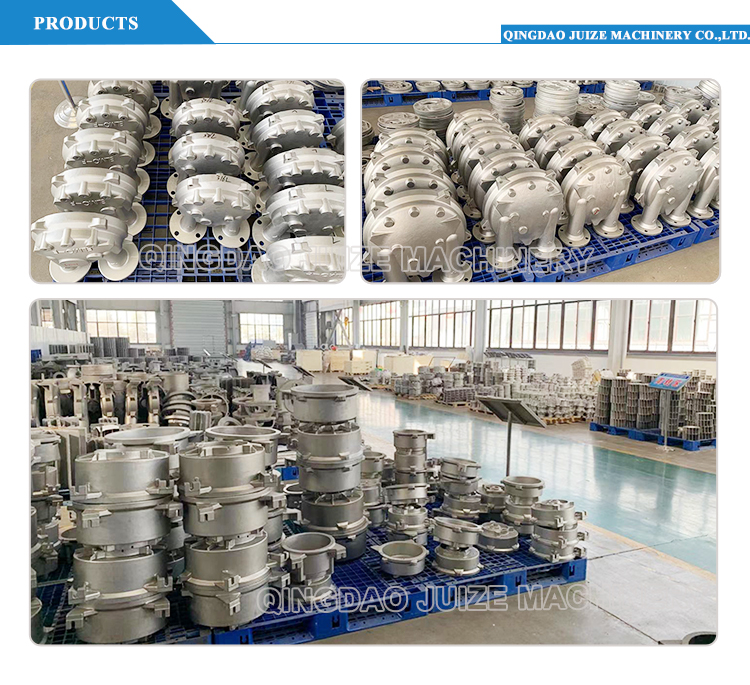
VCI bags are effective for preventing rust. They utilize Volatile Corrosion Inhibitor (VCI) technology to protect metals during storage or transport. When used correctly, they
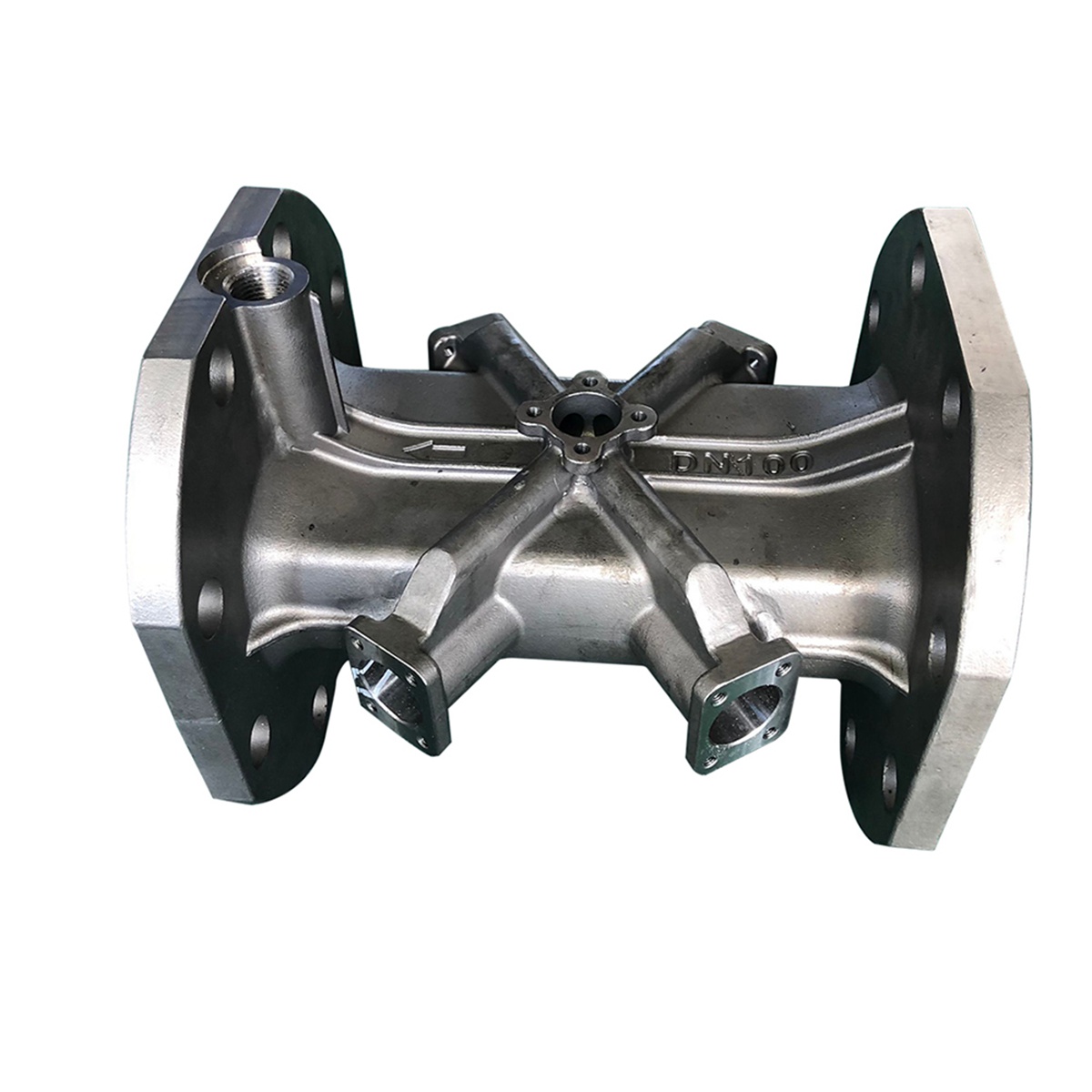
Stronger Parts Hollow Parts Made Easy Better Quality To get the best results, you must focus on two main things: spin speed and machine position.

In the world of mechanical engineering and precision manufacturing, an Interference Fit (also known as a Press Fit or Friction Fit) is a crucial type of connection between two components.
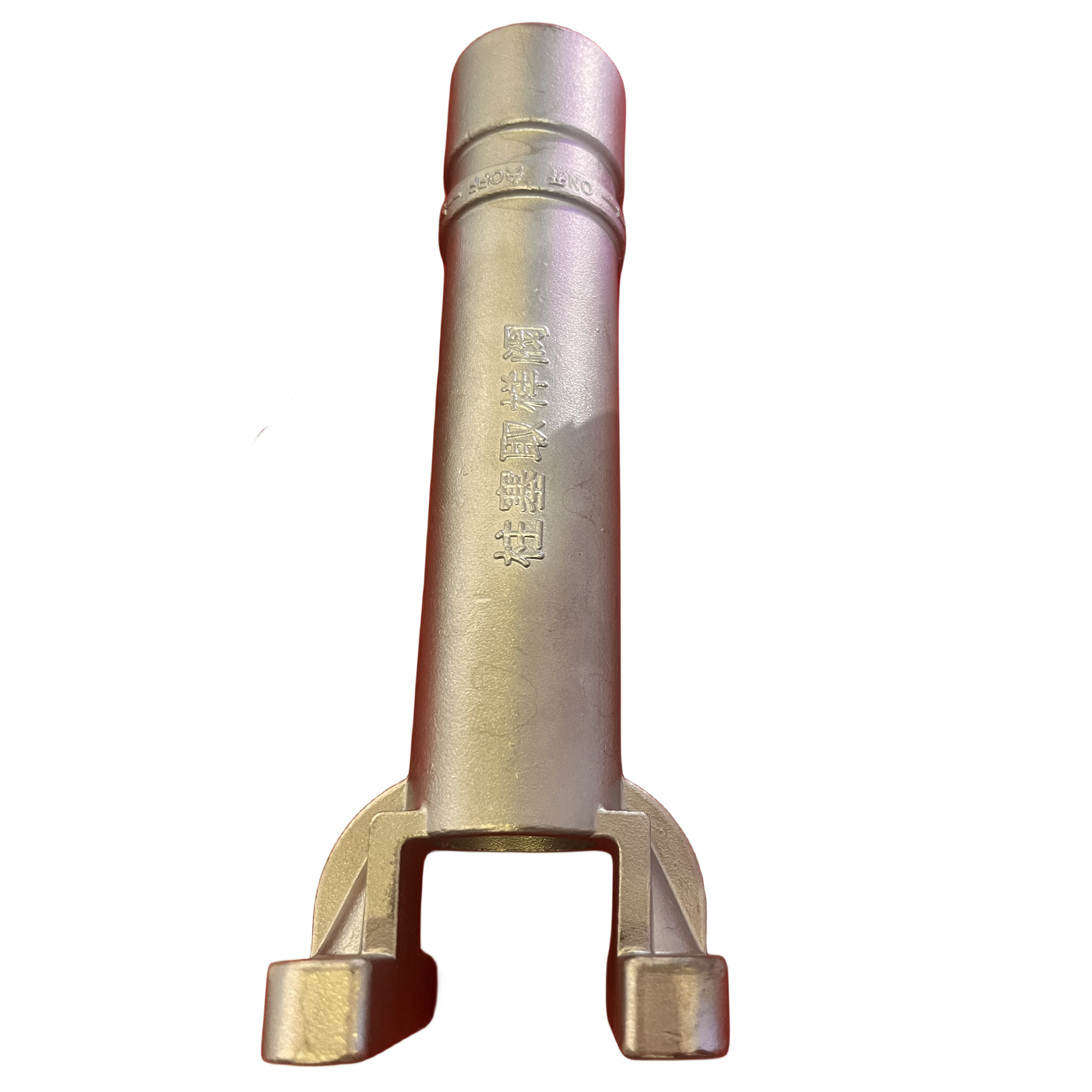
Centrifugal casting is a smart way to make parts using spin. You pour hot, liquid metal into a mold that spins very fast. The outward

You’ve finalized your design and need custom metal parts. The first and most critical question isn’t “what material?” but “how many?” The choice between low-volume

The LFC process explores its charm in a number of industries owing to its ability to produce complex shapes with quite accuracy. Automotive Industry:
WhatsApp us
Ready to Work Together? Build a project with!
*You can upload your design here so that we can provide you with a more accurate quote.